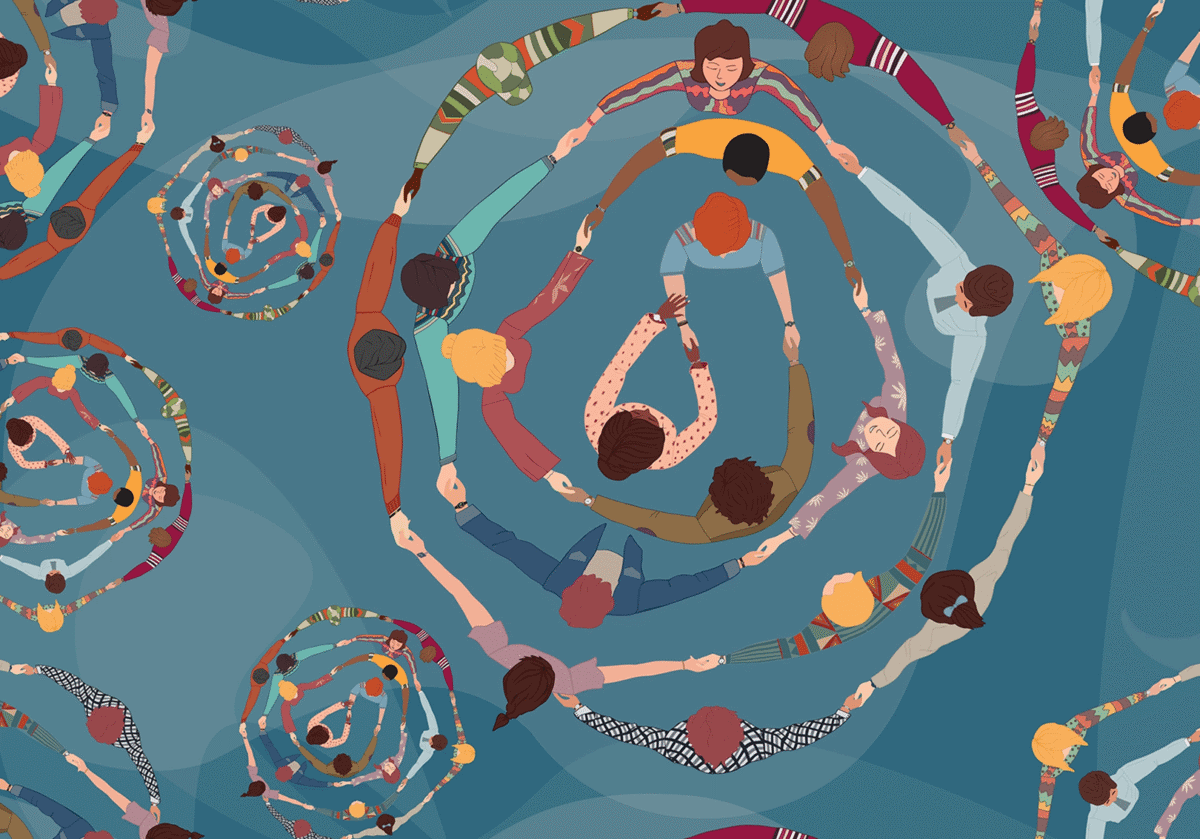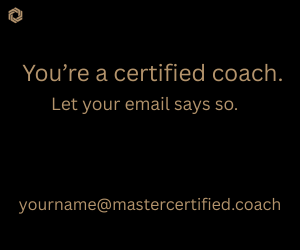Leading people is a sport of adaptation. It’s a manager’s or leader’s best strategy for resilience and sustainable success.
Why is that?
Because in an environment with clear roles and boundaries (think of a living organism), anything (like a cell or tissue) acting out of the roles and boundaries becomes an ”intruder,” a ”rogue” element, ”a virus,” and is the quickest to be marginalized and kicked out. A leader lacking perceptive intelligence will fail to adapt to their environment, risk their career, and put the business at risk too. A healthy organism runs well when all the organs function well.
One of my current clients reports that she feels bombarded with many issues, situations, and unpredictable events as if she is a virus in the middle of the corporate organism that she works in. She struggles to adapt and feels excluded and kicked out of the environment.
How can coaches help such clients better adapt to their contexts? Here are some points of entry.
1) Reframe the Situation
I personally invite clients to several reframing directions, such as:
- How can adaptation be the “obstacle which is the way” for you?
- How can adaptation become something solidly fixed in your life and work?
- How can the struggle of adaptation become the driving force for evolution in your life?
- How is the adaptation a trampoline to success?
- How can you seek even harsher environments where the need for adaptation is even stronger?
2) Exercise Adaptation
Another perspective is to invite the client to exercise adaptation, especially during our coaching sessions. I provoke this kind of perspective, usually by abruptly changing something in the established pattern of the coaching relationship like:
- Proposing a new session duration or new duration between sessions.
- Asking a bombardment of questions at a time.
- Standing instead of sitting during coaching.
- Meeting face to face instead of by phone or virtually.
These abrupt interruptions of already established patterns are coaching the client into adaptation skills. The debrief following these changes is what makes the difference for the client. How did they adapt to the changes I proposed? What adaptation do they need to execute in their mind in order for the actions and behaviors to follow?
3) Be Mindful of Nature’s Patterns
Another way we, as coaches, may help our clients better adapt to the new realities is to use nature’s examples and mimic species’ behaviors of adaptation. In nature, a plant that grew in the harshest conditions was more resistant than one in a greenhouse. A leader forged in the fires of mergers, acquisitions, promotions, and career failures becomes more adaptable than one untouched by all these.
It is also worth mentioning that in nature, massive beings adapt slower than smaller ones. In the corporate world, we see the same pattern when we look at the big corporations versus the smallest entrepreneurs.
From my experience, this rule also applies to levels of leadership. The higher the level the leader occupies, the slower they will adopt. Big systems first adopt their margins and ultimately in their core.
For example, I am coaching a high-level director from a company that is going through a merger/acquisition. He was part of the board of the company, which was then taken over by an international mammoth. Other managers were promoted above him.
He would like them to acknowledge:
- His work ethic.
- The balance of his decisions.
- His clear thinking.
- His talent in building teams.
But his new managers have:
- A different leadership style.
- Other values and/or objectives.
- Another rhythm.
He is struggling and trying to cope. For a high-level leader, adaptation is first an ego game and then a survival one. To embrace adaptation, a leader needs to be humble and aware of his interconnectedness to everything. Otherwise, the default stance is, ”Why do I need to adapt instead of the change needing to adapt to me?” It is also a game of ancestral fears — losing stability, face, and social connections. It may also a game of pride in needing a helping coach.
4) Elicit Client’s Strengths
Apart from these already mentioned ways of helping our clients, we can always rely on the typical interventions at hand. Consider asking:
- What were the situations in life when you proved adaptable?
- Who can you look to as excellent adaptation models in your life?
- What do you already possess that might help you adapt instantly?
- How do you already adapt during the day without maybe knowing it?
5) Trust in Science
Finally, I sometimes rely upon science and will even educate the client on the matter of adaptability. For example, nowadays, science teaches us that there are three factors to make up adaptability:
- Certain character traits (contributing 20% to adaptability).
- Specific abilities (50%).
- The context (30%).
As abilities, grit, mental flexibility, mindset, resilience, and unlearning are the ones responsible for adaptability; they are coachable. When you know that 50% of your adaptability is in your direct control, you may be encouraged to set goals related to it.
Conclusion and the Sixth Way to Help
Adaptation is a natural thing in the world order, but it doesn’t come in a natural way to humans. We are not eager to adapt, we are not eager to change. We seek balance and the status quo. We adopt new behaviors only when we are forced to.
Final idea: We create the premises for adaptation in the first place. As a species, humans build, grow, and provoke changes requiring adaptation. We need to adapt to the changes we generate. But when we are in such a cycle, we may not see it. A coach puts the client in the cycle’s external point of observation. And this is the biggest help the coach can offer any client.
Disclaimer
The views and opinions expressed in guest posts featured on this blog are those of the author and do not necessarily reflect the opinions and views of the International Coach Federation (ICF). The publication of a guest post on the ICF Blog does not equate to an ICF endorsement or guarantee of the products or services provided by the author.
Additionally, for the purpose of full disclosure and as a disclaimer of liability, this content was possibly generated using the assistance of an AI program. Its contents, either in whole or in part, have been reviewed and revised by a human. Nevertheless, the reader/user is responsible for verifying the information presented and should not rely upon this article or post as providing any specific professional advice or counsel. Its contents are provided “as is,” and ICF makes no representations or warranties as to its accuracy or completeness and to the fullest extent permitted by applicable law specifically disclaims any and all liability for any damages or injuries resulting from use of or reliance thereupon.
Authors
Post Type
Blog
Audience Type
Coach Educators, Experienced Coaches, External Coaches, ICF Chapter Leaders, Internal Coaches, New Coaches, Professional Coaches, Team and Group Coaches
Topic
Coaching Toolbox, Discover - Your Coaching Career
Related Posts
How Coaching Is Driving Inclusion Around the Globe: Lessons from Local ICF Chapters
When a group of mothers in Kazakhstan, many of whom had never…
Belonging Beyond Numbers: How ICF Demographic Trends Are Shaping the Future of Coaching
What does it really mean to belong? For the International Coaching Federation…
Professional Coaching Relationships That Work: Respect, Boundaries, and the Art of Mutuality
This post comes from Dr. D. Ivan Young, an ICF Business Solutions…








